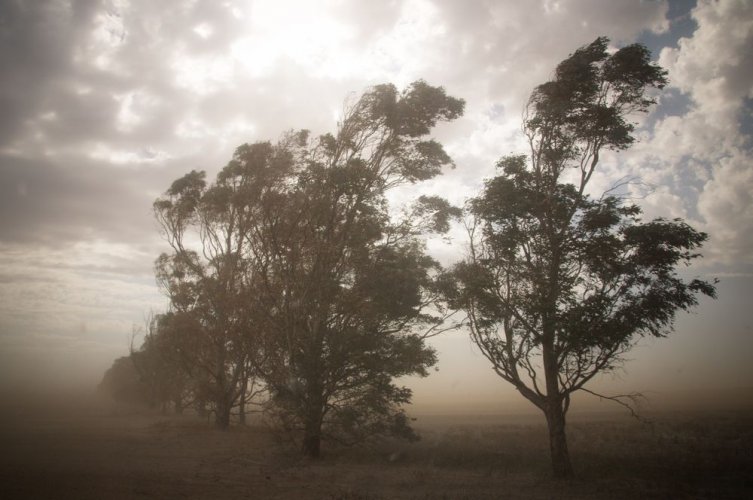Geobotanist Serhii Panchenko proposed several practical solutions to reduce the negative impact of downpours and dust storms.
Such advice will simultaneously help fight against soil erosion and climate change, reports the "Ukrainian Nature Conservation Group" on Facebook.
He said that in order to mitigate the negative impact, it is necessary to reduce the plowing of the territories. In addition, it is necessary to monitor the appearance of new ravines, to monitor compliance with the norms regarding agricultural processing of plots on slopes of up to 5 degrees and higher. This will help fight water erosion.
Panchenko also emphasized the importance of educational work. In particular, owners of land plots located on slopes or near river floodplains should be encouraged to take measures to regulate surface runoff.
"To avoid dust storms, the cultivation of winter and perennial plants, the introduction of no-till main tillage, and the fertilization system using plant residues will help," the botanist added.
He also emphasized that the system of field protection forest strips will also help in the fight against soil erosion and dust storms. If the strips are degraded or destroyed, they should be restored in the same place.
In the message, it was noted that Panchenko developed practical recommendations for 3 communities within the framework of the project "Let's preserve ecosystems for the sake of climate in a sustainable future."
Earlier, EcoPolitic wrote, that due to climate change and the military aggression of the Russian Federation, 58% of Ukrainian soils are subject to degradation, which can lead to significant environmental and social problems. Degradation and desertification exacerbate climate change, biodiversity loss, water scarcity, widespread poverty, hunger and mass migration.
As EcoPolitic previously reported, forest belts play an important role in protecting against droughts and dust storms, as well as preventing soil erosion and increasing yields.





